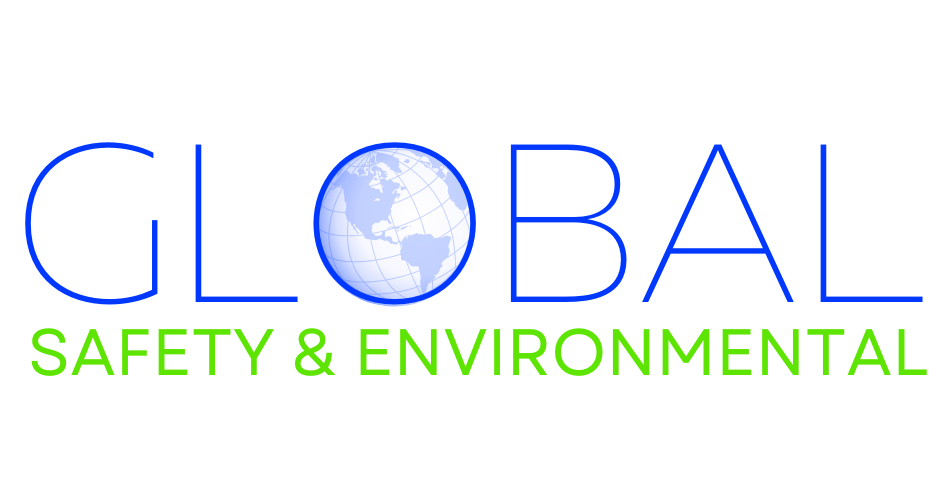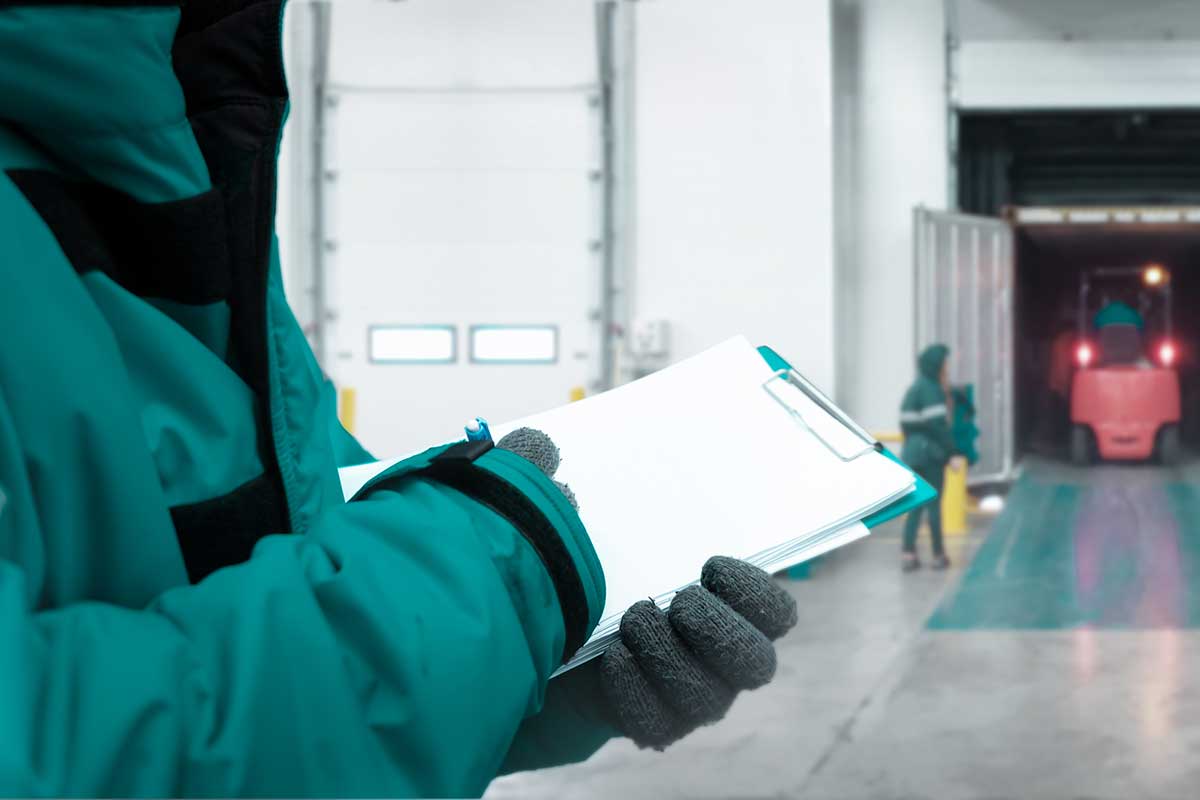As we begin 2025, the global focus on safety has never been more intense or essential. From automotive advancements to workplace protections, governments and organizations are prioritizing regulations that safeguard lives and enhance public well-being. This month has brought a wealth of updates that underscore the evolving safety landscape, reflecting lessons learned from past incidents and adapting to emerging challenges. Whether addressing cold-weather hazards or revolutionizing vehicle safety standards, these updates demonstrate a collective commitment to creating a safer world. Let’s delve into the most significant regulatory changes and news in safety for January 2025, which span industries and geographical boundaries, providing a snapshot of ongoing efforts to prioritize safety in our daily lives.
Automotive Safety: Mandating Advanced Emergency Braking Systems
In a landmark move, the National Highway Traffic Safety Administration (NHTSA) has introduced Federal Motor Vehicle Safety Standard (FMVSS) 127, requiring that all cars and light trucks be equipped with advanced automatic emergency braking (AEB) systems by 2029. This measure is expected to save hundreds of lives annually by preventing collisions or minimizing their severity. While many new vehicle models already incorporate AEB technology, the regulation aims to standardize its adoption across the automotive industry. However, the measure has sparked legal challenges from some manufacturers citing cost and implementation hurdles. Proponents argue that the societal benefits, including reduced crash-related injuries and associated costs, far outweigh these challenges.
Transportation Safety: Enhanced Bus and Coach Regulations in Australia
Following the devastating Hunter Valley bus crash in 2023, which claimed ten lives, Australia has implemented sweeping safety reforms for buses and coaches. New regulations will require all such vehicles to be equipped with seatbelts by 2026 and extend the mandate to all existing vehicles by 2027. Additionally, operators must provide auditory and visual reminders for passengers to wear seatbelts. These reforms close critical gaps in passenger safety, making Australia’s regulations among the world’s strictest. Advocates, however, emphasize that further measures like speed monitoring and driver fatigue management are necessary to ensure comprehensive safety improvements.
Occupational Safety: Addressing Cold Weather Hazards
With winter in full swing, the National Institute for Occupational Safety and Health (NIOSH) has renewed its emphasis on protecting workers from cold-weather hazards. New guidance highlights the importance of proper training, cold-resistant clothing, and early recognition of cold stress symptoms to prevent hypothermia, frostbite, and other cold-related illnesses. Technological advances in personal protective equipment (PPE) have bolstered safety efforts, but vigilance remains crucial, particularly in industries like construction and logistics, where outdoor work is unavoidable.
Regulatory Updates: Anticipated Changes in Safety Standards
Several critical regulatory updates are poised to impact safety protocols across industries:
-
Fire Brigades Standard: Updates to long-standing fire safety regulations aim to enhance protection for first responders, though progress faces resistance from industry stakeholders.
-
California Senate Bill 1350: Effective July 1, 2025, this legislation empowers Cal/OSHA to enforce safety standards in private homes employing domestic workers. This progressive step extends workplace protections to a previously underserved workforce, though exceptions remain for certain roles.
Transportation Compliance: Key Deadlines and Programs
The Department of Transportation (DOT) has introduced several compliance updates for January 2025:
-
Unified Carrier Registration (UCR): Enforcement for the 2025 UCR program began on January 1, requiring all businesses operating commercial vehicles in interstate commerce to register based on fleet size.
-
International Fuel Tax Agreement (IFTA): Fourth-quarter filings for 2024 fuel taxes are due by January 31, 2025, ensuring equitable tax distribution among jurisdictions.
-
Crash Preventability Determination Program (CPDP): The Federal Motor Carrier Safety Administration (FMCSA) has expanded the CPDP to assess 21 specific crash types. Crashes deemed “Not Preventable” will be excluded from certain safety metrics, potentially improving carriers’ safety ratings.
Global Compliance Outlook: Emerging Challenges
The recently released “2025 Global Compliance Outlook” report identifies key areas of regulatory focus:
-
Cyber Resilience: As cyber threats evolve, organizations must adopt stringent measures to safeguard sensitive data and operational systems.
-
Artificial Intelligence (AI) Usage: Growing reliance on AI has prompted regulatory efforts to ensure ethical, secure, and transparent deployment of AI technologies. Did you notice that the image for the post was created by AI? Comment below if you caught that!
-
Supply Chain Transparency: New directives mandate rigorous risk assessments and enhanced transparency to address supply chain vulnerabilities and ethical concerns.
-
Sustainability: Heightened environmental regulations push businesses toward sustainable practices, reducing their ecological footprint while meeting compliance standards.
January 2025 highlights the dynamic nature of safety regulations and their critical role in shaping a secure future. From automotive innovations to protecting vulnerable workers, these updates reflect a global commitment to preventing accidents, safeguarding lives, and addressing new challenges. As regulations evolve, organizations and individuals must stay informed and proactive in adapting to these changes. Safety is not merely a regulatory requirement; it is a shared responsibility that fosters resilience, trust, and well-being across communities. By prioritizing safety in every facet of life, we pave the way for a more secure and prosperous future.




